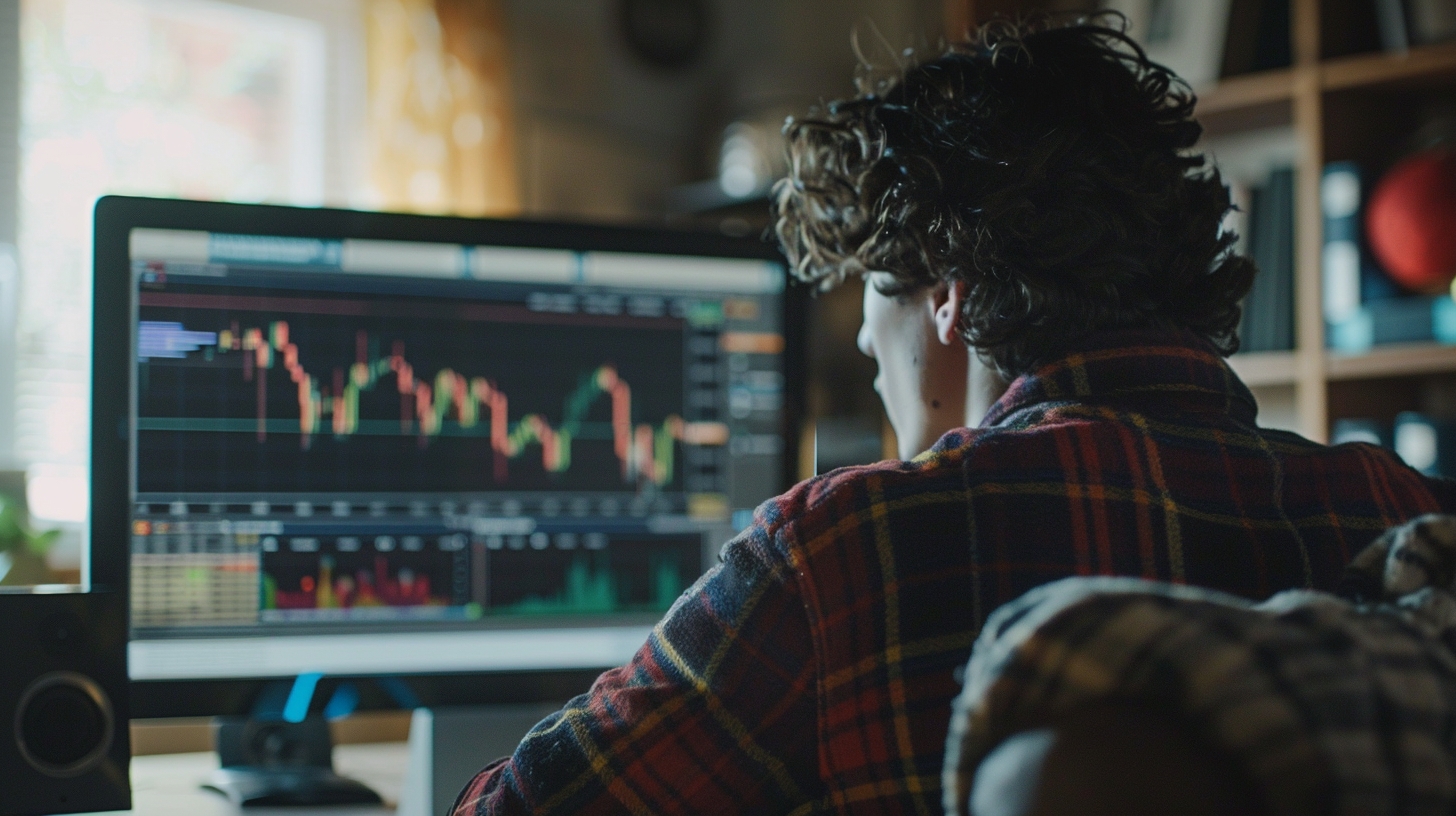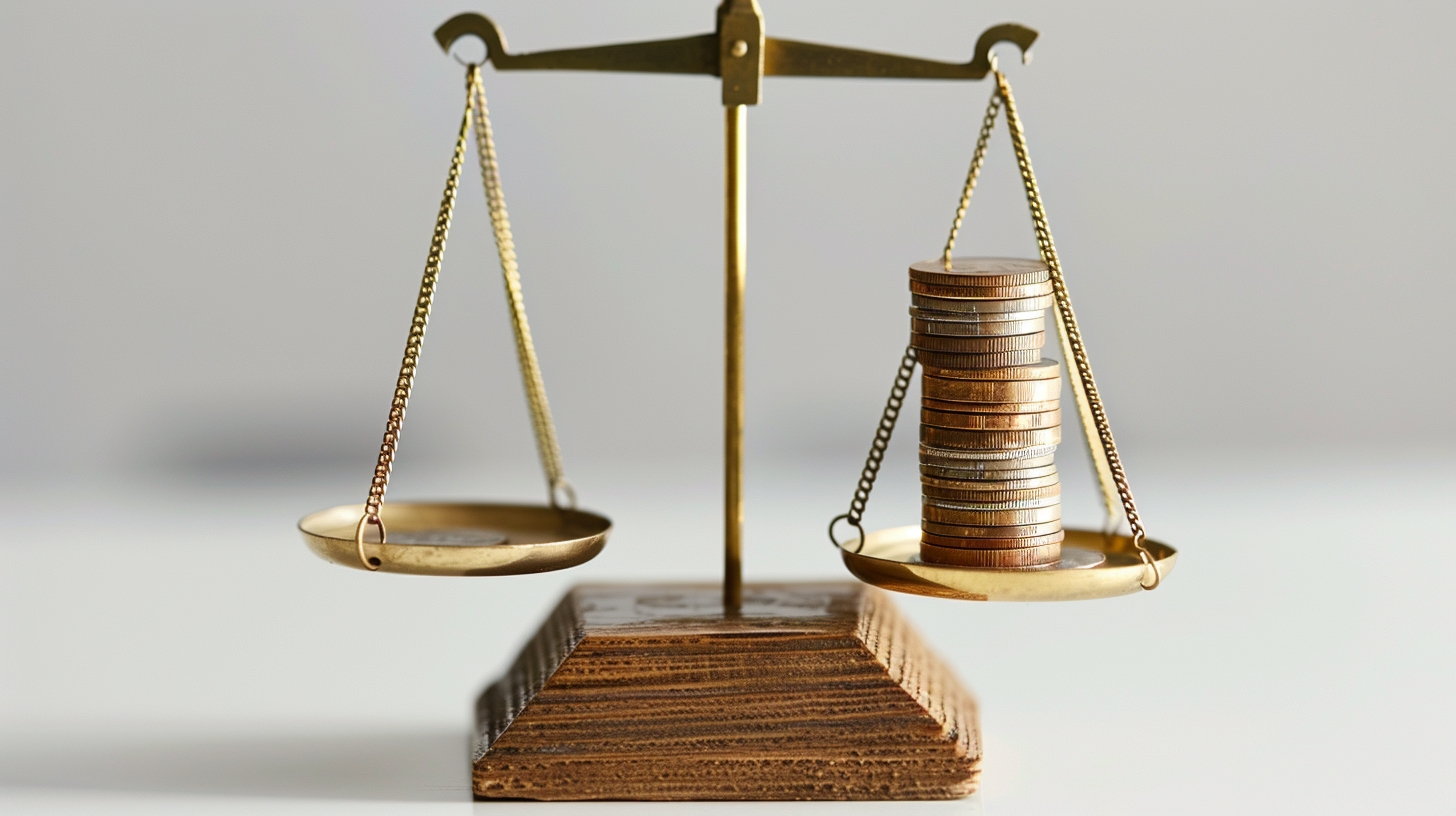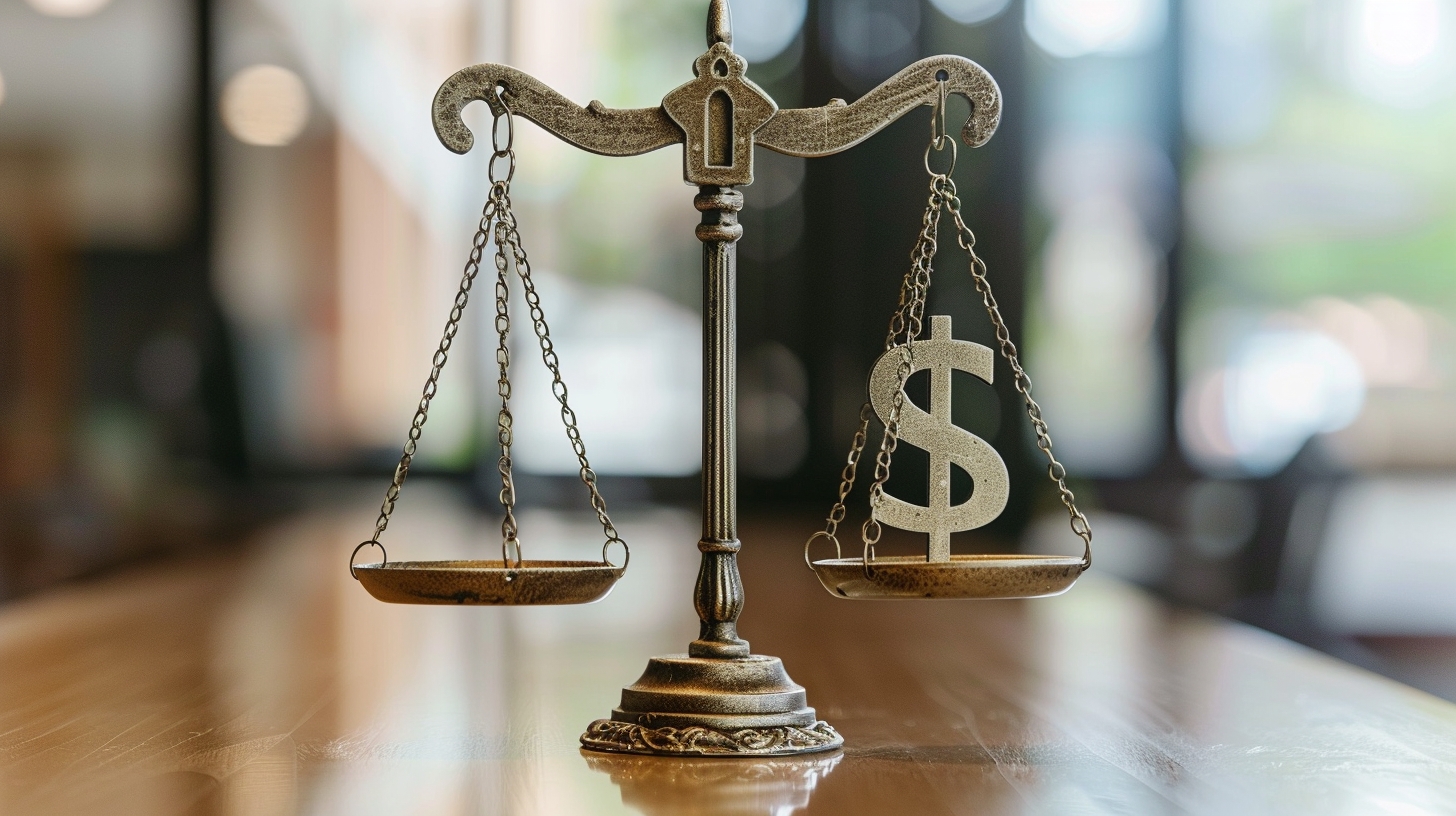Buying power in trading explained

What is Buying Power?
Buying power, also known as excess equity, is the amount of money an investor can use to purchase securities. It is the sum of the total cash in the brokerage account and all available margin.
How Buying Power Works
Buying power can vary in meaning depending on the context or industry, but in finance, it refers to the funds available for investors to purchase securities in a leveraged account, known as a margin account. In such accounts, traders take out a loan based on the cash held in their brokerage account. Regulation T, established by the Federal Reserve Board (FRB), requires that the initial margin requirement for this type of account be at least 50%, giving the trader double the buying power.
Buying Power of Margin Accounts
The amount of margin a brokerage firm can extend to a customer depends on the firm's risk parameters and the specific customer. Typically, equity margin accounts provide investors with twice the amount of cash held in the account, while some forex broker margin accounts offer buying power up to 50:1.
Greater leverage from a brokerage makes it more challenging to recover from a margin call. Leverage allows investors to pursue higher gains with increased buying power, but it also heightens the risk of needing to repay the loan. In a non-margin or cash account, buying power equals the cash amount in the account. For instance, if a non-margin account has $10,000, that is the investor's buying power.
Buying Power of Day Trading Accounts
Pattern day trading accounts differ from regular margin accounts by requiring a minimum equity of $25,000, compared to $2,000 for standard margin accounts. While standard margin accounts require traders to finance 50% of their stock positions, providing two times their equity in buying power, pattern day trading accounts only require funding 25% of the securities' cost, offering four times their equity in buying power.
For instance, if Sam has $50,000 in a day trading account, they could engage in up to $200,000 worth of open trades within the trading day (50,000 x 4 = $200,000 buying power).
Example of Buying Power
Suppose Alex has $100,000 in a brokerage margin account and wants to buy shares of Apple Inc. (AAPL). With an initial margin requirement of 50%, although some brokers might have a higher requirement, Alex's total buying power can be calculated by dividing the cash in the account by the initial margin percentage. In this case, dividing the $100,000 cash balance by 50% results in $200,000 of buying power for Apple shares ($100,000 / 50% = $200,000). However, the margin account's value fluctuates with the value of the held securities. As it nears the margin limits, the likelihood of Alex receiving a margin call increases.


 Русский
Русский  Español
Español  Deutsch
Deutsch  Indonesian
Indonesian  Português
Português  Français
Français  Nederlands
Nederlands  Italiano
Italiano  中文
中文  عربي
عربي  Türkçe
Türkçe 

